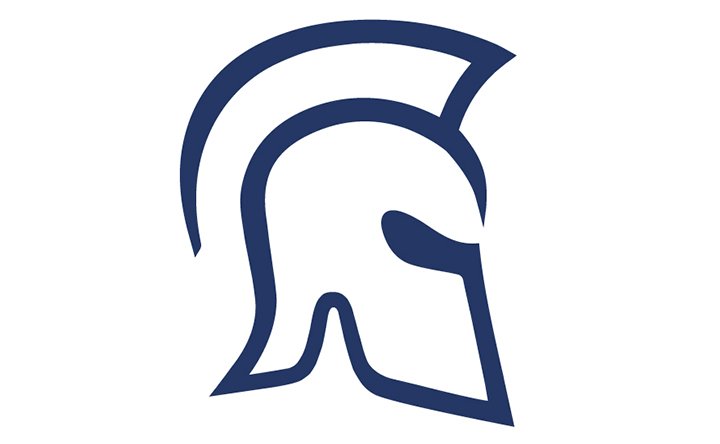Bureaucratic syndrome holds back India’s AEW&Cs
The IAF small AEW&Cs fleet includes three Israeli Phalcon AEW platforms mounted on Il-76 airframes. (Photo: Author)
India’s delayed quest for procuring critical airborne early warning and control (AEW&C) systems has continued as neighbours and rivals China and Pakistan surpass its capabilities.
China has at least 60 fixed-wing AEW&Cs while Pakistan presently has nine Saab 2000 Erieye. Its four Chinese-built AEW&Cs ZDK-03 Karakoram Eagle are believed to be undergoing a mid-life upgrade and overhaul in Chengdu, China, according to PakDefense.
The Indian Air Force (IAF), meanwhile, requires 18 AEW&Cs. India, however, is far behind its neighbours, with a small fleet that includes three Israeli Phalcon AEW platforms mounted on ageing Il-76 airframes. It has an
Already have an account? Log in
Want to keep reading this article?
More from Air Warfare
-
![Baykar completes Piaggio Aerospace takeover with plans to boost drone production]()
Baykar completes Piaggio Aerospace takeover with plans to boost drone production
The takeover of the Italian firm by Baykar solidifies the company’s efforts to forge closer ties with Italian industry, bolsters its partnership with Leonardo to produce UAVs and secures its foothold in Europe.
-
Leonardo’s Proteus structural tests “nearing completion” ahead of first flight
The company has tested over 15 mission sets for the drone, with the rotorcraft used to demonstrate the viability of armed forces utilising large uncrewed aerial systems’ (UAS) for autonomous missions in the future.
-
Interview: Edge Group eyes Indonesian market for naval and UAV expansion
The UAE’s Edge Group has been positioning itself as a key defence and technology partner to Indonesia, where it has been focusing on naval platforms, UAVs and long-term industrial collaboration.





















